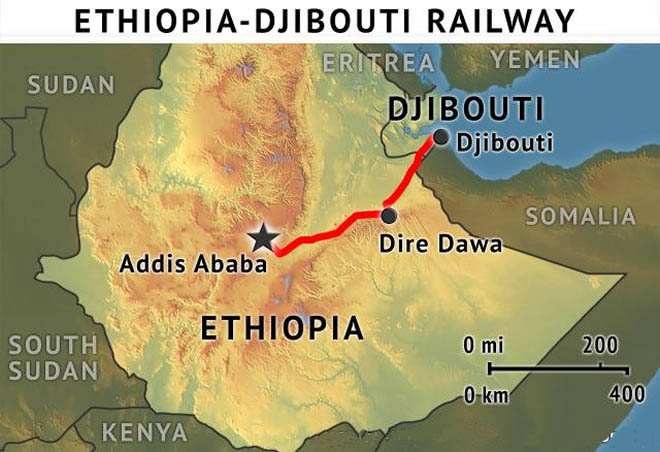Beautiful Plants For Your Interior

Horn of Africa Pipeline – Global Energy Monitor – GEM.wiki
Project Details
- Operator: Black Rhino Group, Royal Bafokeng Holdings[1]
- Current capacity: 240,000 barrels per day
- Proposed capacity:
- Length: 550 kilometers
- Status: Shelved
- Start Year:
Background
The US$1.55bn multi-product fuel pipeline will transport diesel, gasoline and jet fuel from the Port of Djibouti to central Ethiopia. The Ethiopian and Djibouti Governments signed a framework agreement with the Black Rhino Group and Royal Bafokeng Holdings for the construction of the multi-product fuel pipeline in October 2015.[1]
Currently, oil is transported by truck from Djibouti to Addis Ababa, traveling around 800 kilometers on narrow and mountainous roads. Ethiopia’s demand for fuel products is growing at a pace greater that 15% per year, and may likely increase to around 20% in the near future, meaning that transportation via trucks cannot satisfy Ethiopia’s rapidly growing economy. Black Rhino has developed the Horn of Africa Pipeline Project as a joint-venture with MOGS, a subsidiary of Royal Bafokeng Holdings.[2] Black Rhino itself is owned by US private equity group Blackstone.[3]
In 2016, Black Rhino made its first $300 million dollar investment into the pipeline project. Black Rhino stated that the capital for the project’s construction would come from private equity funds from its parent company Blackstone and debt financing from financial institutions.[2]
While the developers of the project are optimistic of a 2018 commencement, the project will have to clear several hurdles such as importation and transportation of building materials across large swaths of barren and rugged terrain.[4] Additionally, the pipeline must go through Oromia territory, where there have been continuous anti-government protests.[3]
In 2016, Turner and Townsend won a contract to manage the construction of the Horn of Africa Pipeline.[5]
In January 2018 Black Rhino CEO Brian Herlihy described the project as being “on hold.”[6]
